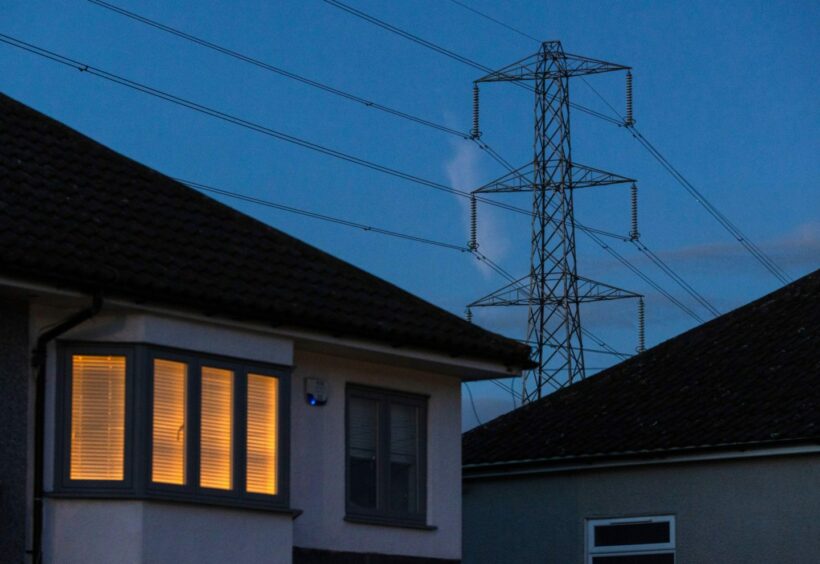 © Bloomberg
© Bloomberg British energy consumers could save £26 billion ($30 billion) over the next two years, nearly £950 per household, through a government plan to cap profits of existing wind and solar farms in exchange for long-term price certainty.
That’s the analysis from consultants at Aurora Energy Research, who modeled the impact of 25 gigawatts of wind and solar generators switching to contracts that allow cheap renewables to be sold at lower prices.
A similar plan is being promoted by Business Secretary Kwasi Kwarteng as a way to rein in power costs in a market where soaring natural gas prices set the rate for all forms of generation.
Inflation will be one of the main issues facing the UK’s next prime minister when they take office next week. Household energy costs are set to jump to record levels this winter, with typical bills likely to triple from a year ago. Businesses are even more exposed as their costs aren’t covered by a price cap that protects most British households.
Currently, much of the UK’s renewable power generators benefit from a subsidy designed to encourage clean-energy development. This is paid on top of wholesale prices that have roughly quadrupled in the past year.
The plan would see those clean-power generators switch to so-called contracts for difference that offer a fixed price, typically over 15 years, regardless of the market price. That protects them when rates drop, but also means they have to pay back any profits above the contracted level. Biomass and nuclear power plants could also be included the system.
Aurora’s modeling shows offshore wind farms would get £175 per megawatt hour, onshore wind get £137 and solar farms lock in £143. While that’s far above average market prices in recent years, it’s still cheaper than current wholesale rates, which rose to a record £571 per megawatt-hour in August.
Curve flattener
The UK energy industry has come out in favor of using the fixed-price contracts more widely. While they would forgo the chance to sell power at record-high prices, they would get protection from a future where a grid flooded with wind power pushes down prices. Rather than sell at incredibly high prices and then at very low rates later, they could reach a stable mid-point for a longer period of time.
“What we’re proposing is to flatten that curve,” said Dan McGrail, chief executive officer of lobby group Renewable UK. “That helps contribute to short-term effects of the crisis, but it also helps these wind farms run longer.”
Details of how the mechanism would function and when are still being worked out. McGrail said most of his members have already sold power for this winter. That means the companies won’t have much in the way of windfall profits this year. But many of them are likely to sell power at much higher prices next winter.
